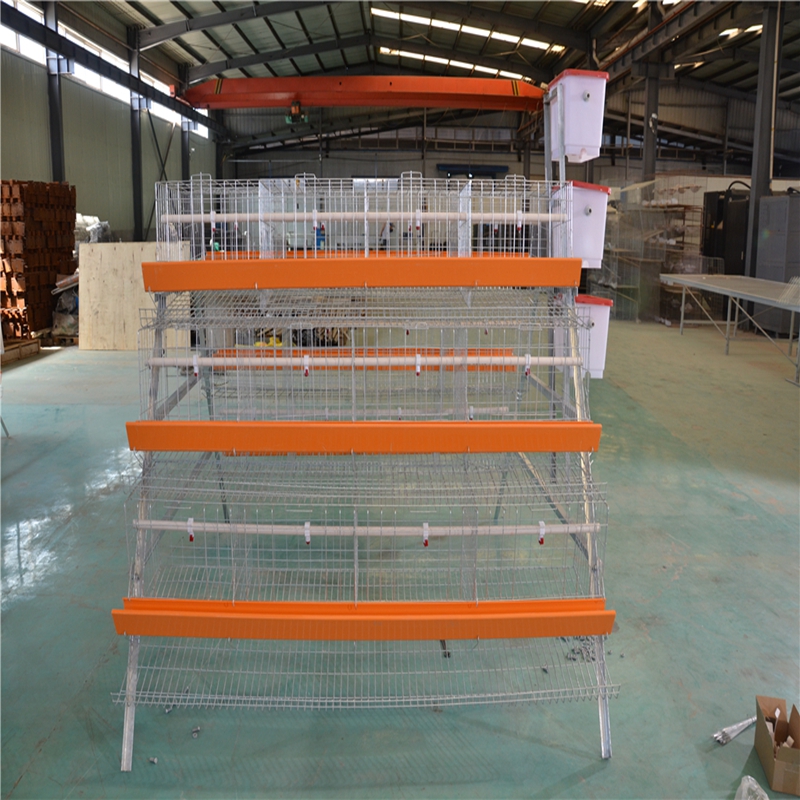animal feed hammer mill
Dec . 04, 2024 09:30 Back to list
animal feed hammer mill
The Essential Role of Hammer Mills in Animal Feed Production
In the agricultural and livestock sectors, efficiency and quality are paramount. One of the key pieces of equipment that greatly impacts the production of animal feed is the hammer mill. Designed to grind various materials, hammer mills are essential in converting raw ingredients into finely processed animal feed, enabling farmers to improve the nutritional value of their livestock's diet.
What is a Hammer Mill?
A hammer mill is a type of grinder utilized for breaking down grain, pellets, and other large-sized materials into smaller pieces. It operates by utilizing a series of hammers, rotating at high speeds, to crush and shred the feed ingredients into small particles that are suitable for animal consumption. Depending on the design, the particle size can be adjusted to meet specific dietary requirements, ensuring that different species of livestock receive the appropriate amount of nutrients.
Importance in Animal Nutrition
The efficiency of animal feed directly affects the growth and overall health of livestock. Animals require a balanced diet rich in proteins, carbohydrates, vitamins, and minerals to thrive. Hammer mills play a crucial role in achieving this balance by ensuring that raw ingredients are uniformly processed. This uniformity allows for better digestibility and nutrient absorption, thus enhancing the overall feed quality.
For instance, corn, soybeans, and other grains are commonly milled before being mixed into animal feed. The hammer mill reduces these grains into smaller particles, thereby increasing their surface area and making it easier for animals to digest. This improved digestibility can translate into better feed conversion rates, meaning animals convert feed into body mass more efficiently.
Versatility and Efficiency
One of the standout features of hammer mills is their versatility. They can handle a variety of materials beyond just grains. For instance, by-products from the agricultural industry, such as alfalfa, hay, and various oilseed meals, can also be processed to create high-quality animal feed. In this way, hammer mills assist in reducing waste and enhancing the sustainability of livestock feed production.
animal feed hammer mill

Moreover, the high-speed operation of hammer mills allows for efficient processing. They can produce large quantities of ground feed in a relatively short amount of time, catering to the demands of both small farms and large-scale agricultural operations. The ability to continuously feed raw materials into the mill enables a streamlined production process, which is essential for meeting the feeding requirements of livestock.
Customization and Technological Advances
With the advancements in technology, modern hammer mills have become increasingly sophisticated. Many are now equipped with adjustable screens that allow operators to customize the particle size according to specific feed formulations. This capability is especially important given the growing awareness of the nutritional needs of various animal species, including cattle, poultry, and swine.
Additionally, innovations in safety features, energy efficiency, and automation have further enhanced hammer mills' functionality. For instance, some models come with automated feed systems and overload protection to minimize downtime and reduce the risk of accidents in the workplace.
Challenges and Considerations
Despite their numerous advantages, it is essential for operators to be aware of certain challenges. For instance, maintaining the proper moisture content in the raw materials is critical to achieving optimal grinding results. If the feedstuff is too dry, it may lead to dust creation and reduce efficiency; on the other hand, overly wet materials can clog the machine.
Furthermore, regular maintenance is essential to keep hammer mills running efficiently. Over time, the hammers and screens will wear down, necessitating replacement to maintain performance levels and prevent contamination of the feed.
Conclusion
In conclusion, hammer mills are invaluable tools in the production of animal feed. Their ability to efficiently grind and process various materials ensures that livestock receive the necessary nutrients for optimal growth and health. As technology continues to advance, hammer mills will likely become even more efficient and versatile, further solidifying their essential role in the agricultural sector. By investing in high-quality hammer mills, farmers can improve not just the quality of animal feed but also the overall productivity and sustainability of their operations.
-
Hot Sale 24 & 18 Door Rabbit Cages - Premium Breeding Solutions
NewsJul.25,2025
-
Automatic Feeding Line System Pan Feeder Nipple Drinker - Anping County Yize Metal Products Co., Ltd.
NewsJul.21,2025
-
Automatic Feeding Line System Pan Feeder Nipple Drinker - Anping County Yize Metal Products Co., Ltd.
NewsJul.21,2025
-
Automatic Feeding Line System - Anping Yize | Precision & Nipple
NewsJul.21,2025
-
Automatic Feeding Line System - Anping Yize | Precision & Nipple
NewsJul.21,2025
-
Automatic Feeding Line System-Anping County Yize Metal Products Co., Ltd.|Efficient Feed Distribution&Customized Animal Farming Solutions
NewsJul.21,2025






